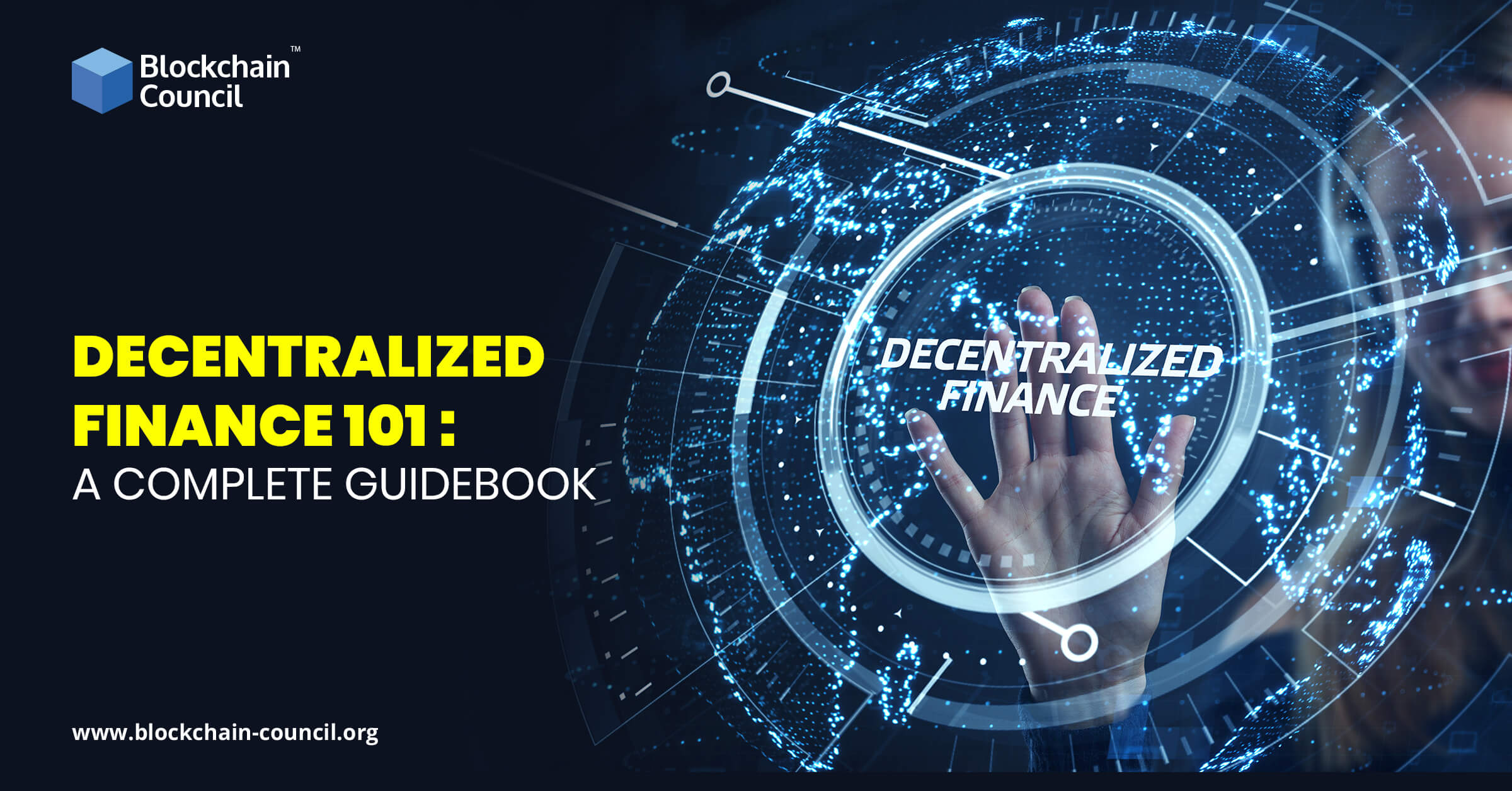
- Avinandan Banerjee
- October 14, 2022
The term DeFi in a broader sense refers to Decentralized Finance. Basically, it refers to the wide ecosystem of digital financial tools empowered by Blockchain technology. The term DeFi also refers to a host of peer-to-peer financial services that involve crypto trading, interest accounts, loans, and so much more. DeFi is very much incumbent on public blockchains such as Ethereum and cryptocurrencies.
In 2020, the Decentralized Finance market climbed to a staggering amount of $13 billion from $00 million. According to industry experts and analysts, the market has reached a mammoth amount of $40 billion this year.
As the global financial system transforms digitally, DeFi is showing tremendous growth, attracting worldwide banks and investors. However, before investing in any asset class, it is critical to understand the asset, its position in the market, and how to invest in it.
DeFi Assets
According to experts, one of the best ways to invest in Decentralized Finance is to conduct trades with DeFi assets. It can be done using tokens that represent DeFi protocols or applications and networks, which entails purchasing low and selling high. However, experts warn that this is not meant for the faint of hearts and requires detailed analysis and study. This is due to the highly volatile conditions, and as a result, there are risks involved. However, there are hosts of opportunities in this domain. Some examples include Terra (LUNA), Unswap (UNI), Chainlink (LINK), and Wrapped Bitcoin (WBTC).
DeFi Staking
Staking is just another way of generating passive income by investing in Decentralized Finance. Users can either choose to lock or even hold their allocated funds in a digital crypto wallet. In doing this, they automatically participate in maintaining the operating procedures of a Proof of Stake or POS Blockchain system. As a result, the users will receive a predefined rate of interest. Getting a decent rate of return in exchange for retaining your digital assets seems like a smart alternative in a world where interest rates appear to be dropping in most banks and other places. As of the data gathered back in January 2021, the total worth of cryptocurrency assets staked on DeFi platforms is worth around $23 billion.
DeFi yield farming
Yield Farming is also a great way of generating passive income from crypto holdings. Yield farmers make money by providing liquidity through the crypto assets to a DEX (decentralized exchange). The DEX then uses this liquidity to carry out the orders created by token swappers who basically pay the fees. Based on the degree of their contributions, these farmers earn a percentage of these fees.
One can even choose to do this through AMM or automated market maker protocol that executes the transactions automatically. Several DeFi projects engaged to yield farming are currently running in the market. For instance, Aave, Yearn Finance, and Compound are projects where individuals can earn passive income through yield farming.
Lending and DeFi lending protocol
These DeFi lending platforms enable the users to lend their crypto holdings to someone and earn interest on the loan they have extended. This kind of loan lending can be highly beneficial to both the borrower as well as the lender. Margin trading is possible on these lending platforms. It also enables high-profile investors to lend large sums of money and earn greater interest rates over a longer period of time. This feature also allows the users to leverage benefits like fiat currency credit if they are willing to borrow loans at interest rates much lower than DEX. Furthermore, users have the option of selling it for a cryptocurrency of their choice on any centralized exchange platform, after which they can easily lend it to a DEX.
DeFi Funds
Funds and trusts are other great ways of investing in the entire DeFi ecosystem. According to specialists, this is the most user-friendly strategy for newbies and the most passive means of introducing oneself to the DeFi domain. The DeFi Index Fund from Bitwise, the Diversified DeFi Fund from Grayscale, and the DeFi Index Tracker Fund from Galaxy Digital are excellent examples.
Conclusion: Reward vs. Risk in DeFi?
The diverse investment opportunities, coupled with the rapid and continuous growth of the market, have resulted in DeFi being a really attractive option for investors. However, it should be kept in mind that with any investments, there are risks associated with them. Individuals must do thorough research before doing so. A blockchain certification, cryptocurrency course, or a DeFi certification would necessarily provide users with the fundamentals of this domain.
Even beyond the risks associated with the volatility of cryptocurrencies, it is important to note that DeFi can also pose other risks. These risks mostly have to do with the security aspects where DeFi protocols run on smart contracts. Some vulnerabilities can be misused or exploited by miscreants.
However, with the inevitable regulations and advancements in technology associated with DeFi, these vulnerabilities will be lowered, which will bolster the DeFi space to emerge in a more attractive and lucrative manner. Therefore, the ideal course of action would be to be smart, patient and never let a good opportunity pass by.





































































 Guides
Guides News
News Blockchain
Blockchain Cryptocurrency
& Digital Assets
Cryptocurrency
& Digital Assets Web3
Web3 Metaverse & NFTs
Metaverse & NFTs
